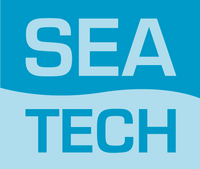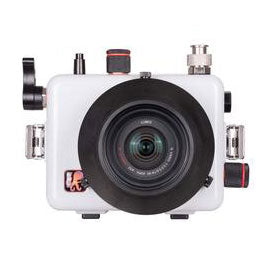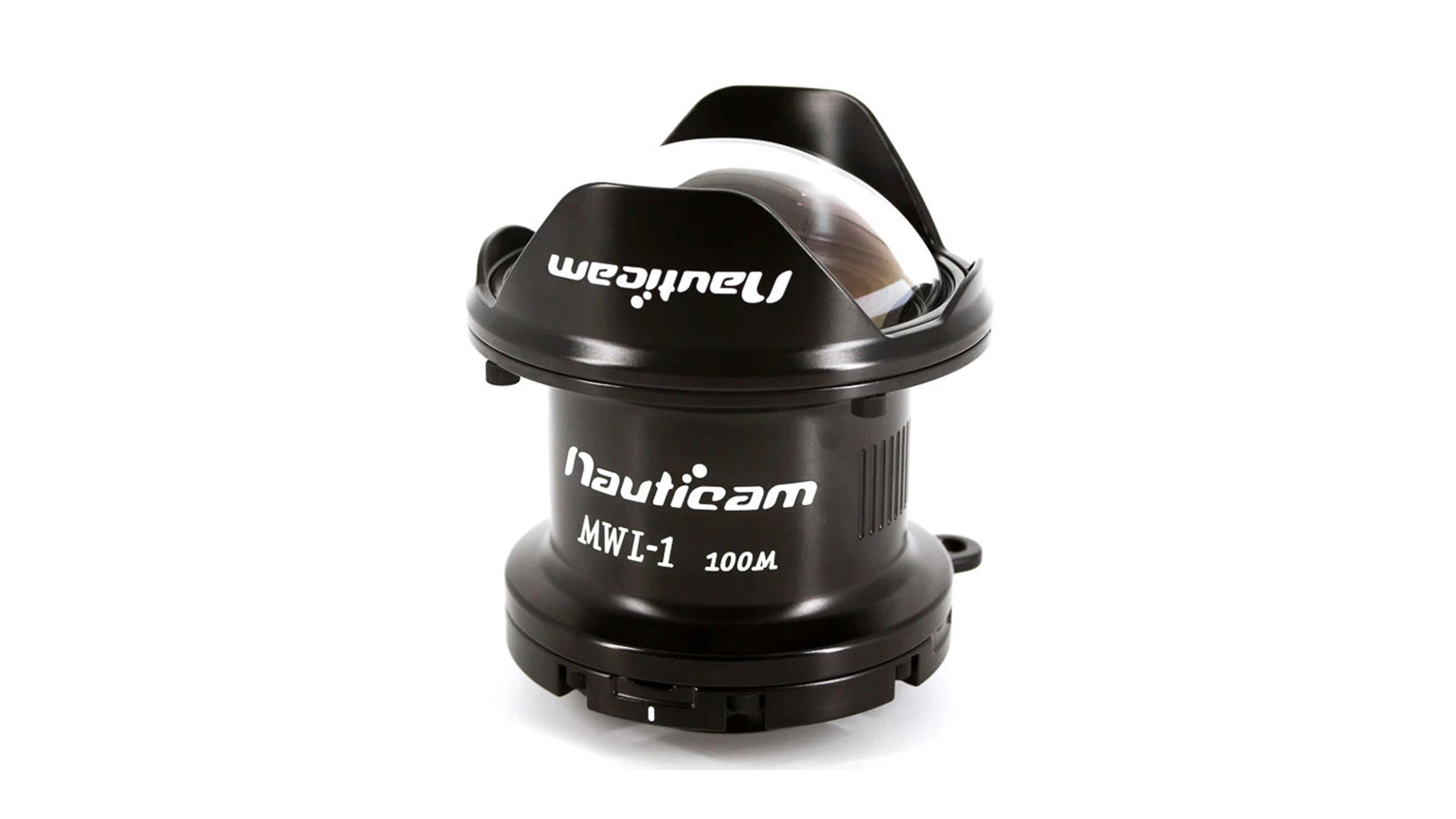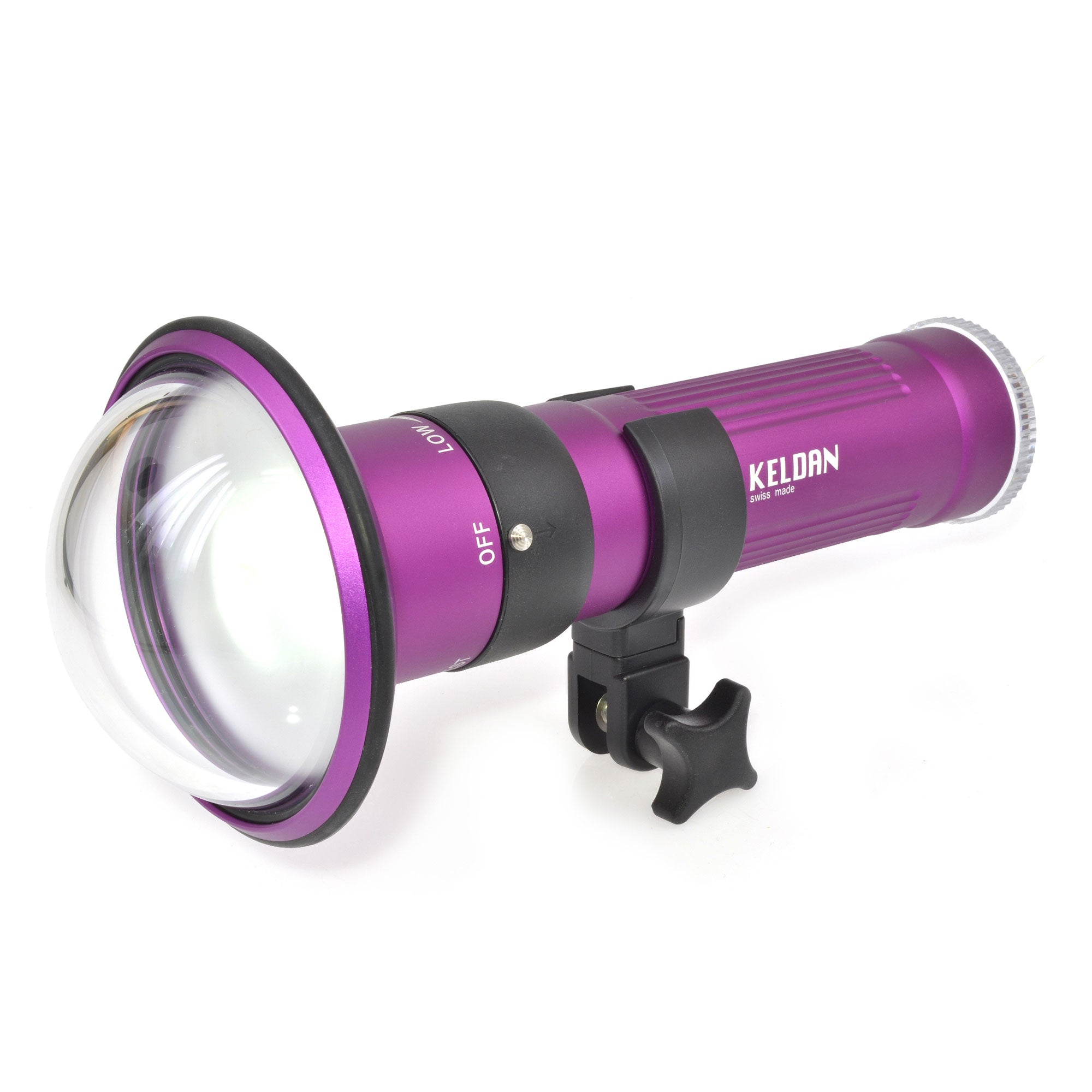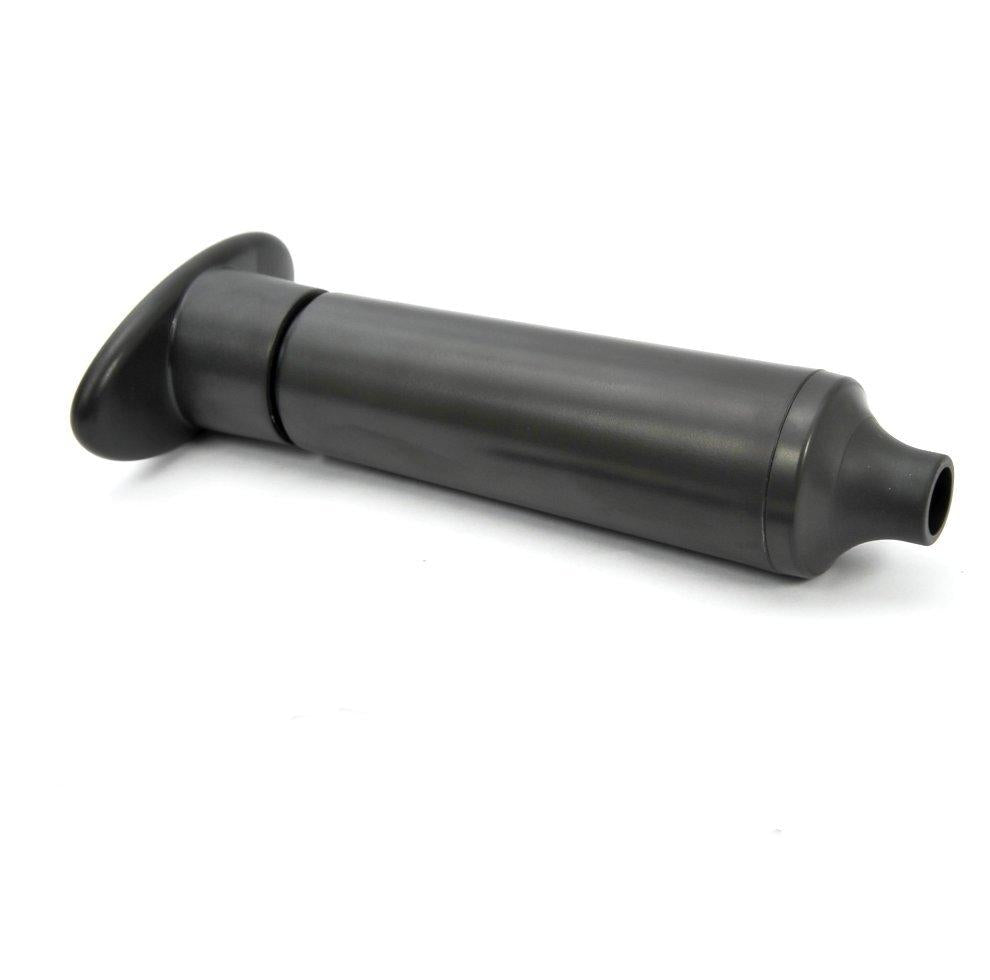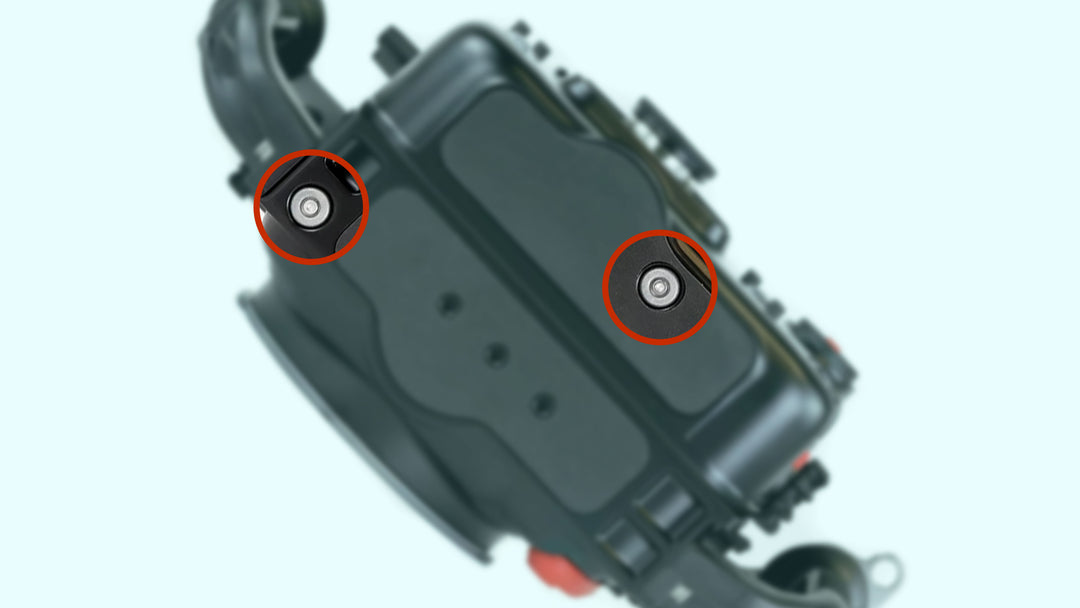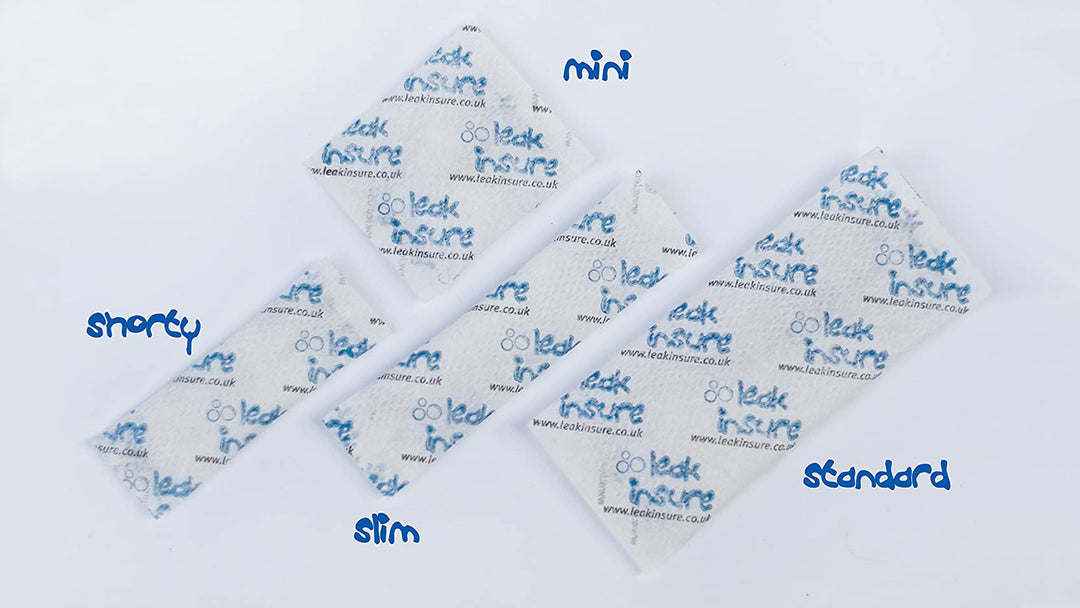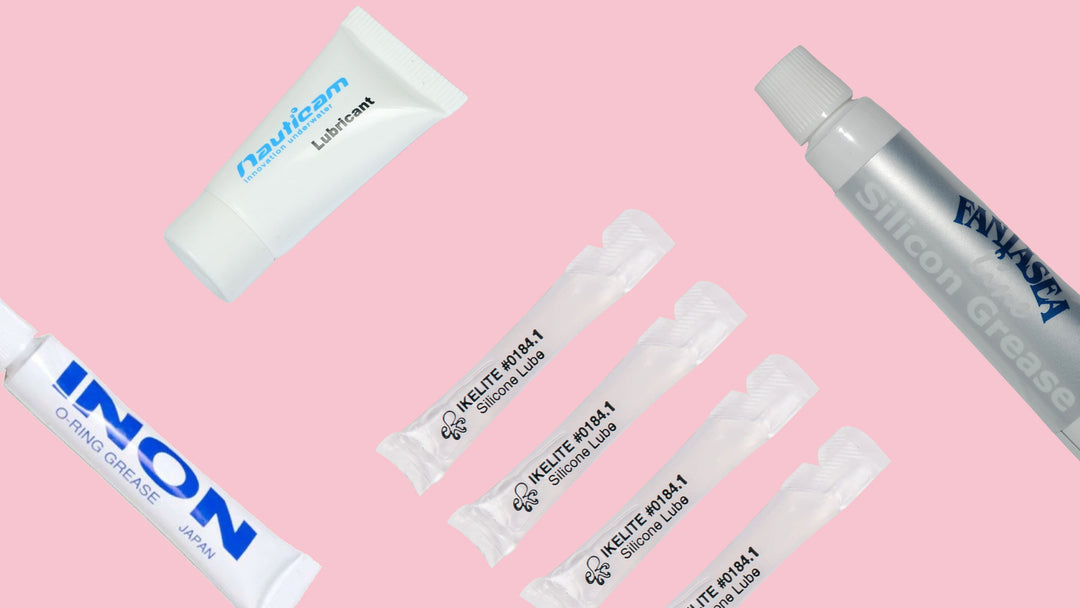Nauticam Compact Macro Converter Lens - CMC-2, 2.8x magnification - 81302
- Free NZ shipping over $250
Compact Macro Convertor 2 (CMC-2)
Easy to use with unmatched image quality
Nauticam is pleased to announce the immediate availability of a new macro imaging tool for compact and mirrorless interchangeable lens camera enthusiasts, the CMC-2. CMC-2 is a new macro lens designed to stand alongside the previous CMC-1, offering a less powerful lens choice for “larger” macro subjects that is noticeably easier to use.
A little more than 18 months ago, Nauticam released The Finest Macro Accessory Lens for Compact and Mirrorless Cameras ever made. This lens, CMC-1, became the benchmark other lenses are measured against with extremely high magnification and overall sharpness.
CMC-2 is a follow-up designed to give photographers using compact systems more magnification choices without sacrificing quality. New underwater photographers, or new system owners, will appreciate an easier to use lens with more accurate autofocus performance than stronger lenses can offer. More experienced users will find that CMC-2 is an ideal companion to CMC-1, allowing the perfect lens to be selected based on the subject size.
“I used the CMC-2 with the Olympus 14-42EZ kit lens and was delighted with the results. The image was tack sharp and distortion/aberration free all the way through the zoom range, and there was no black corner cut-off, even at 14mm.”
Photo by Alex Tattersall (www.nauticam.co.uk)
Olympus E-M10 II, Olympus 14-42 EZ Lens, CMC-2
Improved Sharpness
During pre-production testing we noticed a stunning increase in overall image sharpness when comparing shots taken with CMC-2 to those behind a flat port (with no accessory lens at all)
It became clear that with both compact cameras at full telephoto and mirrorless interchangeable lens systems the conversion lens markedly improved overall sharpness.
This is counter intuitive, as conventional wisdom implies that any conversion lens reduces image quality. In this case, the flat port degrades overall sharpness, and the optical correction offered by the CMC-2 restores it.
Simply put – an image taken underwater with CMC-2 is sharper than the same image taken with no accessory lens mounted. These are true water-contact corrective optics!
Breakthrough Lens Design
Prior to the development of the Nauticam accessory macro conversion lenses, achieving “super macro” underwater meant using tools that were designed for in air use. These tools simply do not take into account the physics of shooting in water. Thanks to Edward Lai, Managing Director of Nauticam, the CMC-2 takes a radically different approach: hundreds of engineering hours utilizing computer software to model an accessory lens that complements an entire system – camera, lens, port, air, and water – as a whole. This accounts for the critical air-water interfaces in a conversion lens design to achieve the best image quality possible. The improvements are stunning, measurable and a new standard in underwater macro imaging has been established with the Macro Convertor family.
Uncompromising Optical Quality
The CMC-2, like all Nauticam Macro Converters, is constructed from lenses precision crafted of specially formulated low dispersion optical grade glass, ground to the most demanding standards. This means greater sharpness and contrast on every shot and extraordinary resolution rivaling a macro lens used in air. Broadband anti-reflective coatings effectively reduce common optical issues such as chromatic aberrations, coma, spherical aberration, and field deformation associated with underwater macro photography using traditional magnifying lenses. This means superior light transmission, accurate color and no distortion and vignetting in the most demanding situations.
These exceptional optics are assembled in a rugged hard anodized aluminum housing, and nitrogen purged during assembly to eliminate fogging.
“A combination of the CMC-1 and CMC-2 on a dual flip holder offers the photographer a formidable range of magnification. This is a serious alternative to a dedicated 1:1 macro lens and port and also offers the benefit of switching to a wide wet lens (WWL-1 recommended) on the same dive. Maximum gain in flexibility with no loss in quality.”
Photo by Alex Tattersall (www.nauticam.co.uk)
Olympus E-M10 II, Olympus 14-42 EZ Lens, CMC-2
Stunning Magnification
The CMC-2 is the less powerful of the two Nauticam Macro Converters designed for compact cameras, but magnification when compared to the capabilities of these cameras with no accessory lens is still very impressive.
As an example, the popular Sony RX100 M4 can capture an image area 160mm (6.3 in.) wide at its full telephoto zoom position and minimum focus distance. With the addition of CMC-2, that image area is reduced to 55mm (2.2 in) wide. CMC-1 brings the minimum focus distance even closer, allowing a captured frame 36mm (1.4 in) wide!
Optimized for Autofocus
By utilizing a specially developed algorithm in the lens design process, the CMC-2 renders superior image quality over the full focusing range of the camera lens. This, combined with the high brightness and contrast of the image, allows the autofocus system of the camera to work well – often better than less powerful close focus lenses. Just as important are the out-of-focus (Bokeh) portions of the image that exhibit the same creamy smooth quality that photographers appreciate when shooting macro in air – all without color fringing common to traditional magnifying lenses.
Avoiding Diffraction
Due to the overall superior optical performance and precision focus of the CMC-2 it is possible to shoot larger apertures with excellent image quality. This avoids reaching the diffraction limit of high resolution sensors, and allows selective focus effects with narrow depth of field in super macro images.
Mounting, and Using the CMC
The CMC-2 ships with the common 67mm threaded lens mount. The lens has a protruding rear element, designed to place the accessory optic as close to the camera lens port as is possible, providing the best overall image quality when used with flip lens adapters. A flush mount adapter ring is used when attaching CMC-2 directly to an underwater housing, and is included with the lens. Flip and Bayonet Lens Mounts are available as accessories.
Mounting Configurations
The same Nauticam bayonet system designed with the Wet Wide Lens (WWL-1) is also compatible with CMC-2 (P/N 81302). The bayonet mounting system is the attachment method of choice for shooting both macro and wide angle on the same dive.
Nothing beats the convenience of flip adaptors, allowing the accessory lenses to be flipped in place when needed, and conveniently swung out of the way for normal lens shooting. A flip adaptor is the best mounting system for macro only dives, or camera systems that don’t support macro and wide angle lenses on the same dive (such as Canon G7X Mark II)
New M67 Double Flip Holder for M67 Macro Ports, P/N 25108 allows both CMC-1 and CMC-2 to be used on the same dive for multiple macro framing options.
A word on magnification…
The industry standard macro lens magnification measure is a dioptric power, but we don’t feel that is actually that useful. Dioptric numbers can be misleading. They are often multiple lenses stacked together, and the resulting stack doesn’t always yield the power of its individual components.
In an attempt to make the power and utility of these lenses less confusing, we offer a simplified magnification factor. CMC-2 offers 2.8x magnification (as an average) with compact cameras currently supported by Nauticam housings. For comparison, CMC-1 results in 4.5x average magnification.
Accessories
International Shipping
Yes, we ship to Australia! We use DHL Express, which should take 1-3 business days depending on your shipping address. Our checkout will automatically determine your shipping cost.
Outside of Australia? Contact us and we can organise.
You can find more information about shipping on our FAQs page.
How long will it take for my order to arrive after I make payment?
That depends on where you live and whether we have an item in stock or not. While we do have many items in stock, we don't carry everything. (For example, we do not stock most housings or ports as there are just too many!) If you need an item in a hurry, it's a good idea to contact us and find out if your item is in stock, or if we can get it in a hurry - we often can!
If we have it in stock, we can usually send it out as soon as we receive payment (1-3 business days), or you can pick it up. If an item is not in stock, we'll need to order it from our suppliers, which means it can take 1-2 weeks to arrive at your door (usually closer to a week).
Sometimes delivery can take longer, if our manufacturers are out of stock, for example, but this is unusual - we let customers know as soon as possible if something like this happens.
How do you ship my NZ orders?
We use New Zealand Post Courier to ship orders. New Zealand Post aims for next-day delivery nationwide between major towns and cities in the North Island. South Island delivery can take two days. If you require next-day delivery in South Island, choose the express shipping option for the South Island. If you spend over $250 get your shipping for free!
